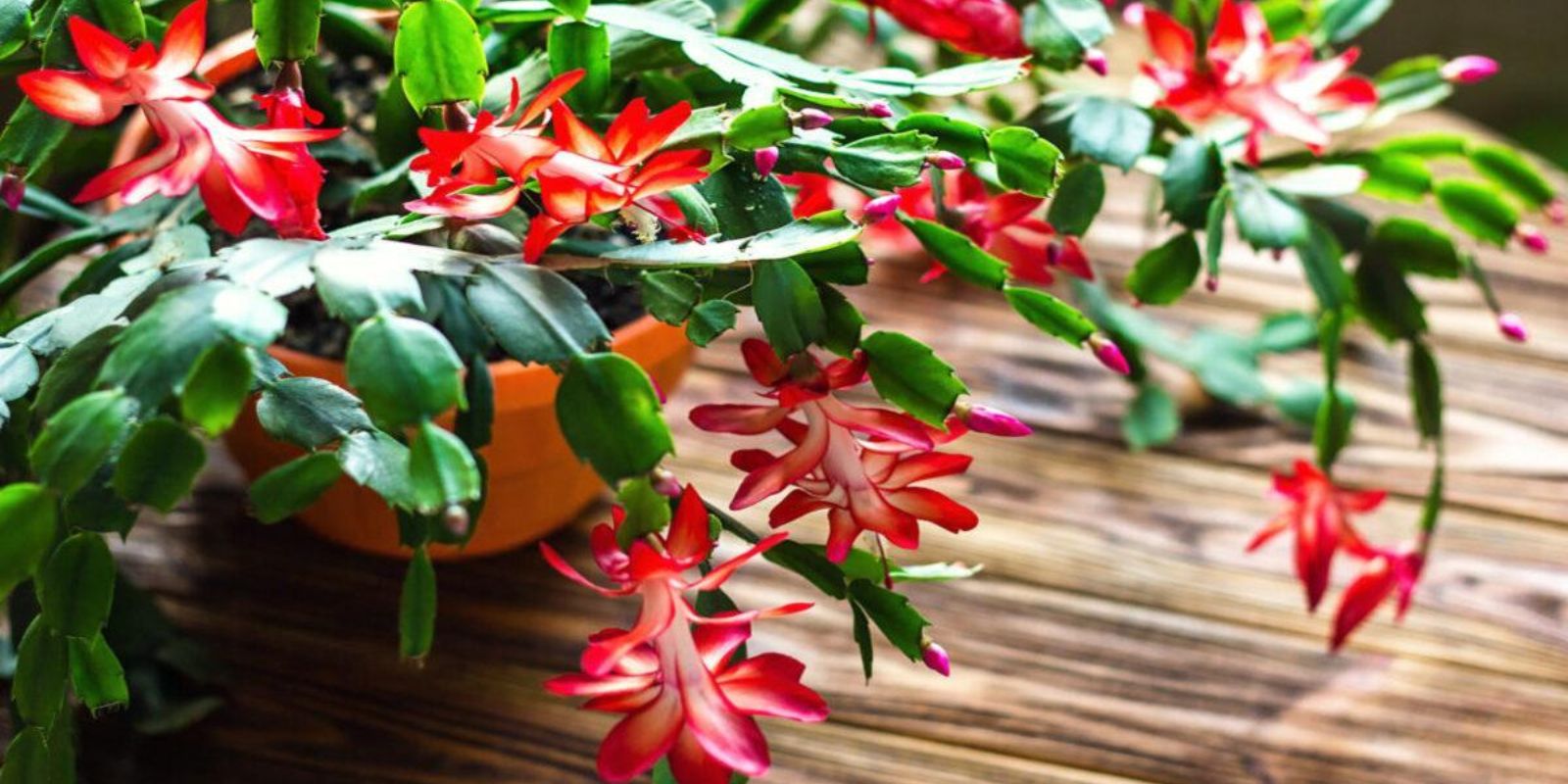The Christmas Cactus, also known as Schlumbergera, is a cherished indoor plant that brings a splash of color to homes during the holiday season. Its unique cascading blooms are a sight to behold, but achieving a full display of flowers can sometimes be challenging. The good news? With a few strategic steps, you can transform your Christmas Cactus into a vibrant centerpiece of beauty. This guide will take you through everything you need to know to unlock the blooming potential of your Christmas Cactus.
Understanding the Christmas Cactus
Unlike typical desert cacti, the Christmas Cactus originates from tropical rainforests. It thrives in humid environments with dappled light and requires a balance of care that mimics its natural habitat. Understanding its unique needs is the key to encouraging prolific flowering.
1. Light Exposure: Creating the Perfect Cycle
One of the most crucial factors for encouraging blooms is providing the right amount of light.
- Darkness for Bloom Induction: To trigger blooming, the Christmas Cactus needs at least 12–14 hours of uninterrupted darkness daily for about six weeks before its flowering season. This process mimics shorter daylight hours in its natural environment.
- Moderate Light During the Day: Place the plant in a spot with bright, indirect light during the day. Avoid direct sunlight, which can scorch its leaves.
Pro tip: If natural light conditions are inconsistent, cover your cactus with a dark cloth or move it to a closet during the night to ensure sufficient darkness.
2. Temperature Matters: Cool Nights for Blooming Success
Temperature plays a pivotal role in flower development.
- Optimal Temperatures: Keep your Christmas Cactus in a cool environment with nighttime temperatures between 55–65°F (13–18°C). This temperature range helps stimulate the plant’s flowering response.
- Avoid Extremes: Avoid placing the plant near drafty windows, heating vents, or air conditioners, as sudden temperature changes can cause bud drop.
3. Watering Wisely: Strike the Right Balance
Overwatering or underwatering are common mistakes that can hinder blooming.
- Let It Dry Slightly: Allow the top inch of soil to dry out before watering again. Water just enough to keep the soil moist but never soggy.
- Reduce Watering Before Blooming: During the darkness and cooler temperature phase, slightly reduce watering to signal the plant to prepare for blooming.
- Humidity Boost: Christmas Cacti love humidity. If your home is dry, place a tray filled with water and pebbles near the plant to maintain a humid environment.
4. Feeding for Flowers: High-Potassium Fertilizers
Nutrients are essential to encourage robust flowering.
- Feed Regularly: Use a high-potassium fertilizer every two weeks during the pre-bloom period. Potassium helps in flower bud development.
- Pause During Blooming: Once flowers begin to appear, stop fertilizing to allow the plant to focus its energy on blooming.
- Post-Bloom Care: After the blooming season, switch to a balanced fertilizer (10-10-10) monthly to maintain overall plant health.
5. Pruning: Encourage a Fuller Plant
Pruning your Christmas Cactus after it finishes blooming is essential for promoting growth and increasing future flower production.
- Trim with Care: Use clean scissors or pruning shears to remove one or two segments from each stem.
- Shape the Plant: Focus on shaping the plant for even growth. This pruning encourages the development of new stems, which will produce more buds during the next blooming cycle.
6. Repotting for Vitality
While the Christmas Cactus doesn’t need frequent repotting, doing so every 2–3 years ensures healthy roots and better blooms.
- Choose the Right Pot: Use a pot slightly larger than the current one, with good drainage.
- Well-Draining Soil: Use a mix designed for cacti and succulents or a blend of regular potting soil with sand or perlite.
7. Common Problems and Solutions
- Bud Drop:
- Cause: Stress from changes in light, temperature, or watering.
- Solution: Maintain consistent care and avoid moving the plant during the blooming phase.
- Yellowing Leaves:
- Cause: Overwatering or poor drainage.
- Solution: Check the soil and adjust watering. Ensure the pot has drainage holes.
- No Blooms:
- Cause: Insufficient darkness or improper temperature.
- Solution: Follow the darkness and temperature guidelines mentioned above.
Bonus Tip: Propagation for More Christmas Cacti
Propagating your Christmas Cactus is a great way to share its beauty with friends and family. Simply twist off a few healthy stem segments (about 2–3 segments long), let them callus for a day, and plant them in moist soil. Keep the cuttings in a humid, bright spot, and soon you’ll have new plants!
Why It’s Worth the Effort
The Christmas Cactus is more than just a houseplant; it’s a symbol of beauty, resilience, and holiday cheer. With the right care, it can reward you with blooms year after year, becoming a cherished part of your home and traditions.
Conclusion
Reviving or enhancing the blooming potential of your Christmas Cactus is simpler than it seems. By following these steps—adjusting light, temperature, watering, and feeding—you can enjoy a plant that bursts into vibrant color during the festive season.
🌟 Have you tried these tips? Share your experience, and let us know how your Christmas Cactus is thriving! Post your pictures and join the gardening conversation! 🌟
#ChristmasCactusCare #BloomingTips #HouseplantsOfInstagram #GardeningHacks #HolidayPlants #IndoorGardening

